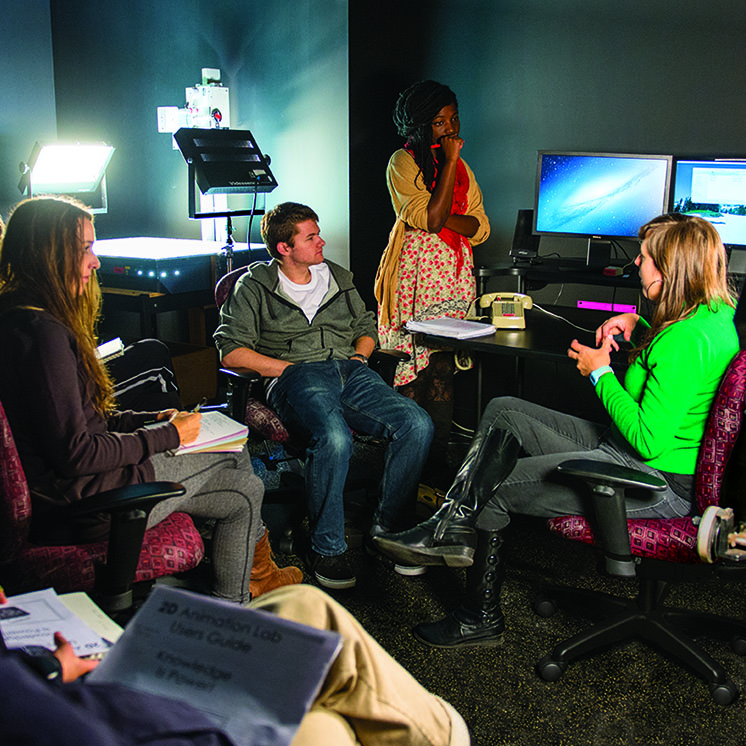A New Middle East?: Diagrams, Diagnosis, and Power
REVISED
Fall 2015, Winter 2016 and Spring 2016 quarters
Taught by
This program will focus on some of the most intractable and convoluted crises engulfing the Middle East and North Africa in order to better understand their root causes on behalf of identifying potential solutions. Revolution, counter-revolution, civil war, theocracy, dictatorship, corruption, torture, iconoclasm, imperialism, dispossession, terrorism, sanctions, invasions, occupations, insurgencies, counter-insurgencies, clash of civilizations, clash of ignorance: these are a few of the central terms used in the news to describe the recent present in the region. What do these words mean? What caused the actions and events they refer to? Who are the major players, the agents of stability and change --- for better or worse? How are we to determine what is better or worse? What material or conceptual structures (from countries to theories) do we need to comprehend before we attempt to answer these questions? How can we develop a nuanced analytical language that will allow us to describe these complex crises and their causes over and against the myths and slogans they are so frequently reduced to? How, in other words, can we better understand the history that underlies the news, and what futures might such an understanding make possible?
In the fall and winter quarters, students can look forward to a dynamic mix of lecture, seminar, and workshop anchored in a constellation of intensive reading, responsive writing, and active looking. An oscillating relationship between theorizing, doing things with words, and making things visible will serve as the engine of our transdisciplinary inquiry, which seeks to uncover overlooked relationships in order to increase the overall power and scope of our analysis.
Our interdisciplinary inquiry will be anchored in the methods of diagramming and diagnosis. We will begin, for instance, by plotting, on a massive sheet of paper, the myriad interrelationships between sectarian, religious and ethnic populations of the region, tracking, in particular, the evolution of their alliances and conflicts. Students will maintain and update this diagram throughout the three quarters, and reflect on the labyrinthine web that constitutes the region in all its complexity. This diagram will act as a template from which students will begin to look for the connective tissues that may help to resolve the current climate of conflict. We will diagnose these conflicts and their major players not only through the analytical frameworks of geography, history, comparative religion, and political science, but also in light of aesthetic practices, such as poetry and fiction, on the one hand, and image-making (and image-breaking) of all shapes and sizes, on the other. What can art teach us that theory overlooks? What are the limits of disciplinary approaches forged in Europe and the U.S. when it comes to describing the crises convulsing the Middle East and North Africa? What other kinds of diagnosis might our diagrammatic approach allow us to come up with?
The program will closely examine the dramatic sequence of uprisings most often referred to as “The Arab Spring” that shifted the dynamics of power and resistance across the region and that led to some of the most visible and volatile events unfolding in the area today (such as the Syrian civil war, the emergence of ISIS, Kurdish autonomy, and so on). We will study this sequence in relation to the ongoing geopolitical processes (such as imperialism, self-determination, and resource extraction) that led to the founding of the countries in the region in the first place, our premise being that “there is no just way in which the past can be quarantined from the present” (as Edward Said has argued).
In the spring, students will form large blocs to begin the process of negotiating and proposing actions designed to ameliorate the regional conflicts we have been studying. This process could follow the form of model legislative bodies such as the U.N. or the Arab League, on the one hand, or the form of more impromptu assemblies of the sort that have sprung up in Tahrir Square or in autonomous Kurdish territory, on the other. By the end of spring quarter, students will have completed a complex diagnostic diagram of the region, and faculty will collate student recommendations to send to the Arab League, the U.N., and other pertinent bodies. Students will also have the opportunity to produce and curate images that relate to a representation of the Middle East and North Africa. Students will learn to apply the complexities of visual analysis to the visual languages that have helped create and support colonial aspirations and the creation of identity across the spectrum of the region’s varied populations.
Program Details
Fields of Study
Preparatory for studies or careers in
Academic Website
Location and Schedule
Campus location
Olympia
Schedule
Offered during: Day
Advertised schedule: First spring class time: Tuesday, March 29 at 10am (Sem II C4107)
Books
Online Learning
Revisions
| Date | Revision |
|---|---|
| February 17th, 2016 | This program will accept new spring enrollment with faculty signature. |
| November 12th, 2015 | Winter quarter special expense removed. |
| May 5th, 2015 | Description has been updated. |
| February 5th, 2015 | New opportunity added. |
 my.evergreen.edu
my.evergreen.edu




 Fall
Fall  Winter
Winter  Spring
Spring